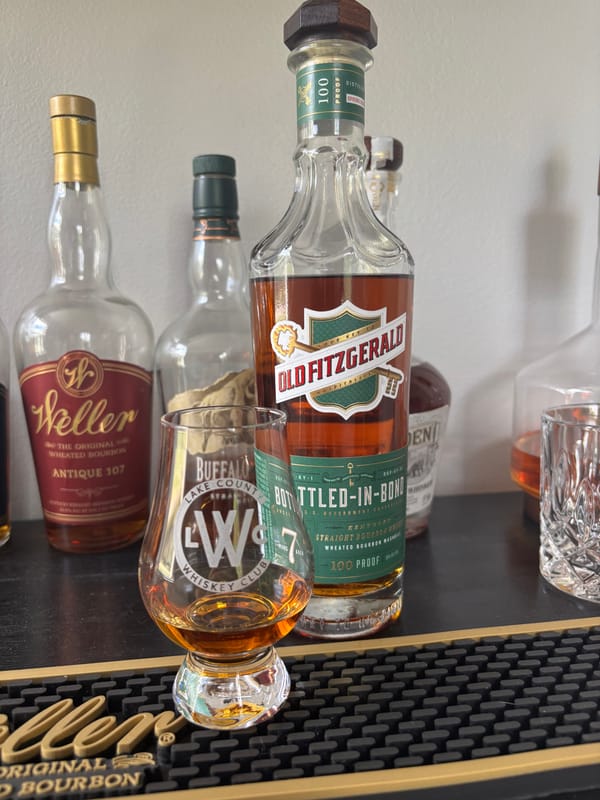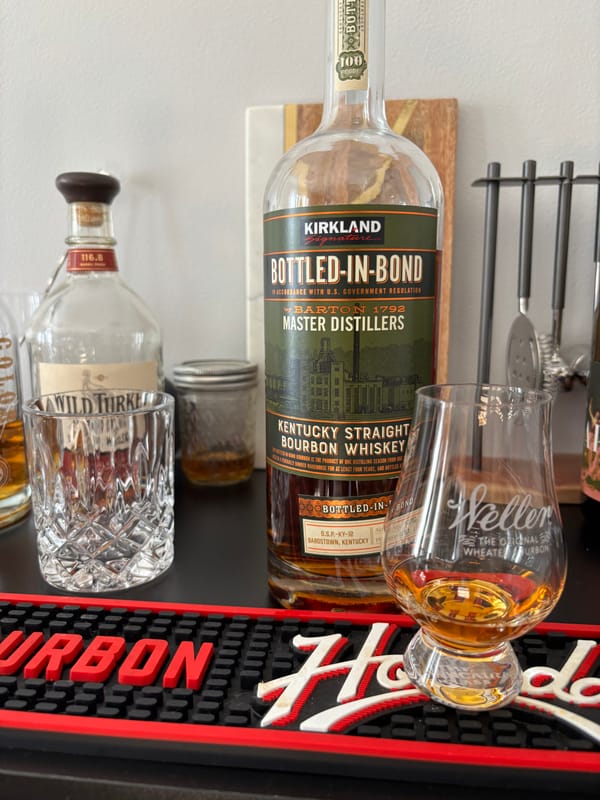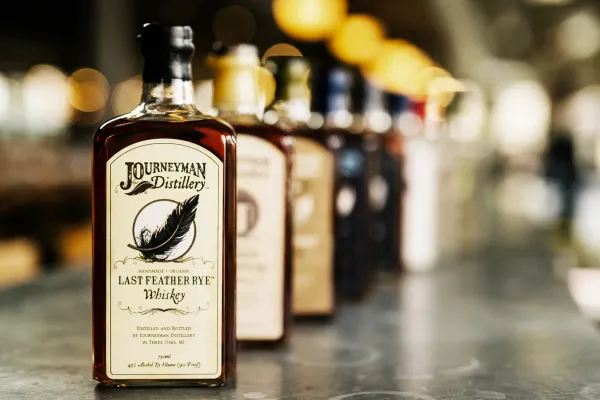Whiskey Filtration Process Rules Explained: The Clarity You’ll Wish You’d Seen Sooner

Filtration Process Rules: The Whiskey Polish You Can’t Miss
Filtration processes in whiskey production aren’t just steps. They’re the polishing rules that ensure a spirit’s clarity and smoothness without compromising flavor. If you don’t know these rules, you’re missing the clarity that refines every bottle. For whiskey fans eager to trust their pour, this is the straight truth about whiskey filtration process rules, rooted in legal standards and craft, and a 2025 must-catch.
What Are Whiskey Filtration Process Rules?
U.S. law allows filtration for bourbon, rye, and other whiskeys to remove sediment or cloudiness, provided flavor isn’t altered, with Tennessee whiskey requiring charcoal filtration (Lincoln County Process). Scotch and Irish whiskey (Scotch Whisky Regulations 2009, Irish Whiskey Act 1980) permit chill filtration to prevent haziness at low temperatures, maintaining purity for whiskeys bottled at 80 proof minimum. Filtration, post-aging (two-plus years for U.S., three-plus for Scotch/Irish), uses charcoal, cellulose, or chill methods to refine whiskeys at 80-120 proof, preserving flavors like caramel or malt.
How Filtration Shapes Whiskey
Tennessee whiskey’s charcoal filtration, using sugar maple at ambient temperatures (50-80°F), smooths corn’s sweetness, enhancing vanilla post-aging (four to six years). Chill filtration, common in Scotch at 32-50°F, removes fatty acids, ensuring clarity in malty single malts without dulling peat or fruit notes. Non-chill filtration, used in some rye whiskeys, retains heavier compounds, amplifying clove intensity. Legal standards prohibit flavor-stripping filtration, ensuring the spirit’s character, developed through fermentation (8-10% ABV) and oak aging, shines in bottles across climates (20-100°F).
Why Filtration Rules Matter for Your Sip
A Tennessee whiskey at 80 proof, charcoal-filtered, delivers silky caramel smoothness, while a non-chill-filtered rye at 100 proof offers bold spice, per legal standards. Over-filtration risks flavor loss. Every sip reflects filtration’s refining role, making your next bottle a clear expression of its polish.
Why Filtration Process Rules Matter in 2025
Whiskey filtration process rules are the spirit’s clarity guardians. By 2025, understanding these standards could make every sip a vibrant taste of refined craft, from smooth to intense. It’s the truth in the polish, so don’t miss the clarity.
Check out NEAT: Whiskey Finder—it’ll help you track down bourbon and whiskey near you.





